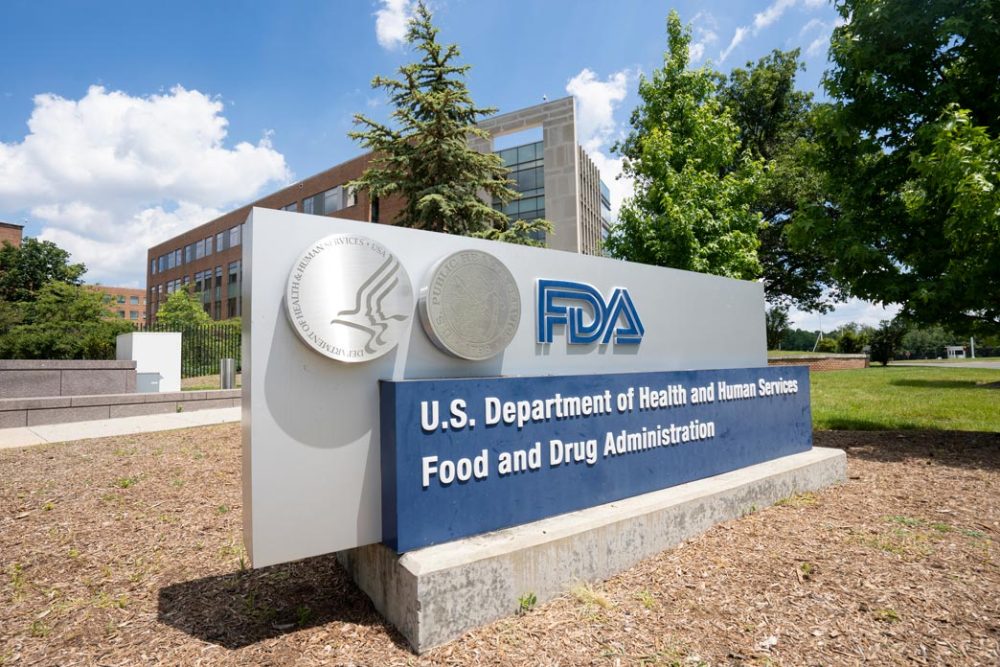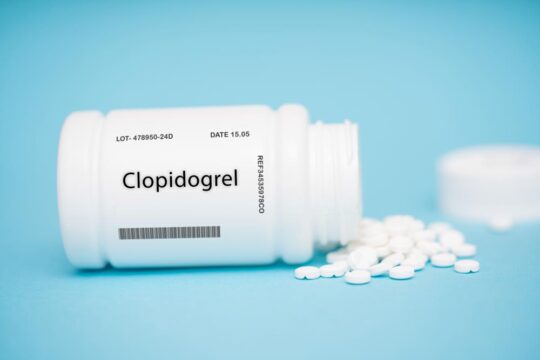Advertisment
FDA grants priority review to tabelecleucel for adult/pediatric EBV+ post-transplant lymphoproliferative disease – Pierre Fabre

The biologics license application (BLA) seeking the approval of tabelecleucel (tab-cel) monotherapy for the treatment of adult and pediatric patients who are at least 2 years of age with Epstein-Barr virus (EBV)–positive post-transplant lymphoproliferative disease following at least 1 prior therapy has been accepted by the FDA. Additionally, the BLA was granted priority review by the agency, with a Prescription Drug User Fee Act target action date of January 15, 2025.
The BLA is supported by findings from over 430 patients with multiple life-threatening diseases who received tab-cel, including findings from the pivotal phase III ALLELE trial (NCT03394365). Results from ALLELE showed that tab-cel displayed an objective response rate (ORR) of 48.8% (P < .0001) with a favorable safety profile.
ALLELE was a global, multicenter, open-label study of tab-cel in patients of any age with biopsy-proven EBV-positive post-transplant lymphoproliferative disease that was relapsed/refractory to rituximab after hematopoietic stem cell transplantation (HSCT) and rituximab with or without chemotherapy following solid organ transplant. The primary end point was ORR; secondary end points included OS, duration of response, time to response, and safety.
Previous findings from ALLELE, which were published in The Lancet Oncology, demonstrated that, at a median follow-up of 14.1 months (IQR, 5.7-23.9), patients who received HSCT (n = 14) achieved an ORR of 50% (95% CI, 23%-77%). At a median follow-up of 6.0 months (IQR, 1.8-18.4), patients who received solid organ transplant (n = 29) achieved an ORR of 52% (95% CI, 33%-71%).
In terms of safety, the most common grade 3 or 4 treatment-emergent adverse effects (TEAEs) in the HSCT and solid organ transplant groups included disease progression (29% vs 28%) and decreased neutrophil count (29% vs 14%). Serious TEAEs occurred in 53% of patients overall and TEAEs leading to death were reported in 12%. No TEAEs leading to death were deemed to be treatment-related.





